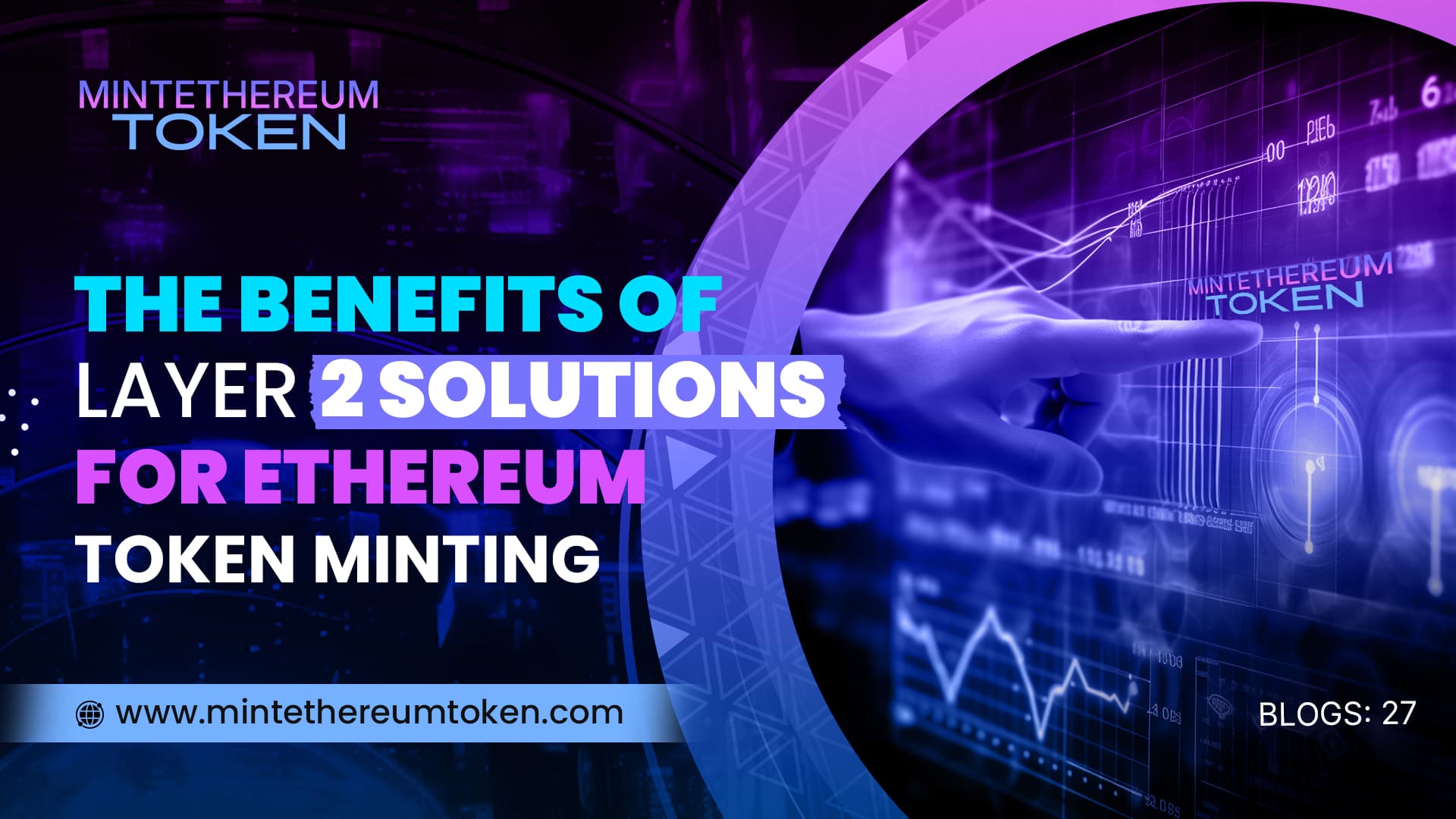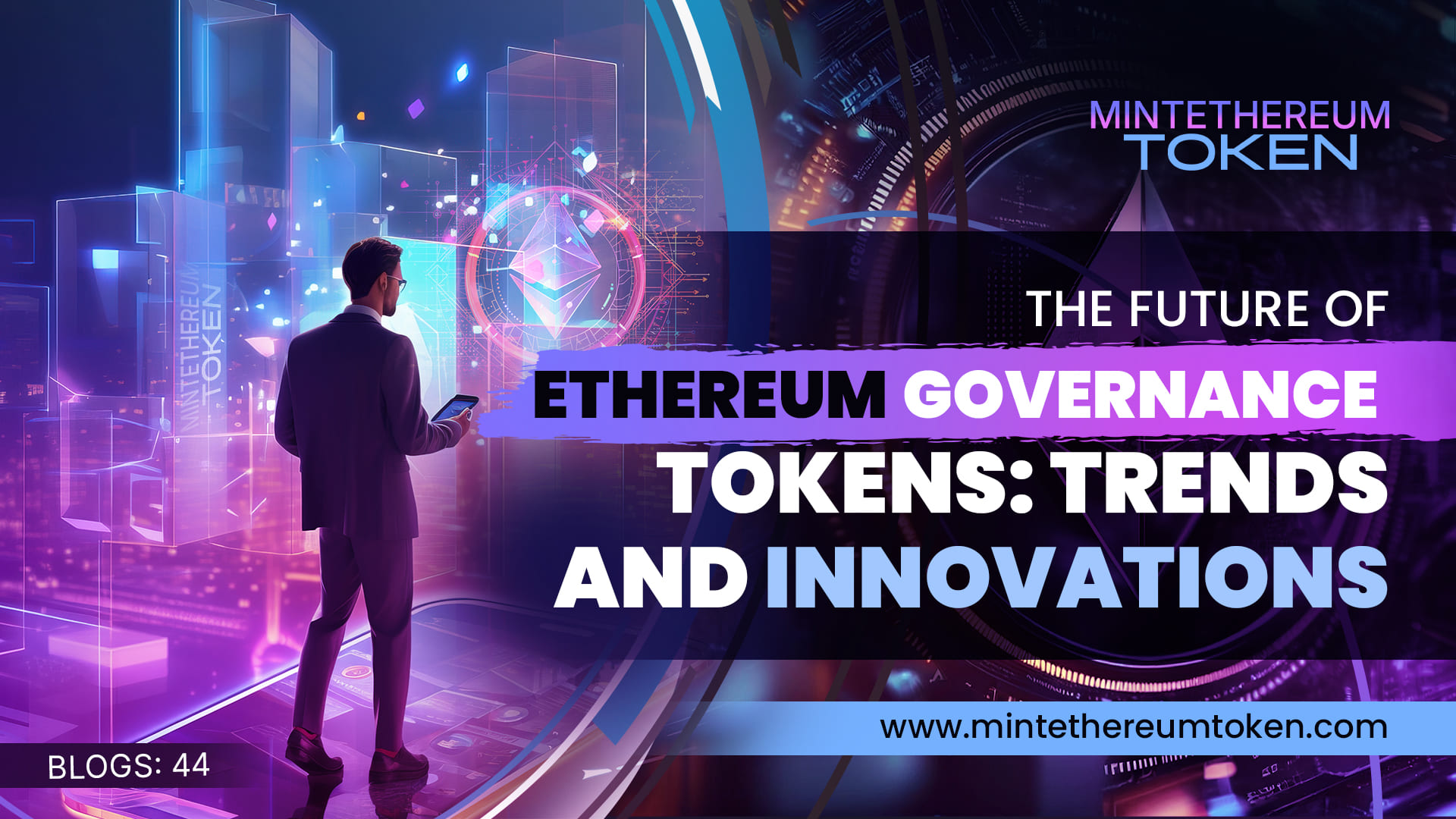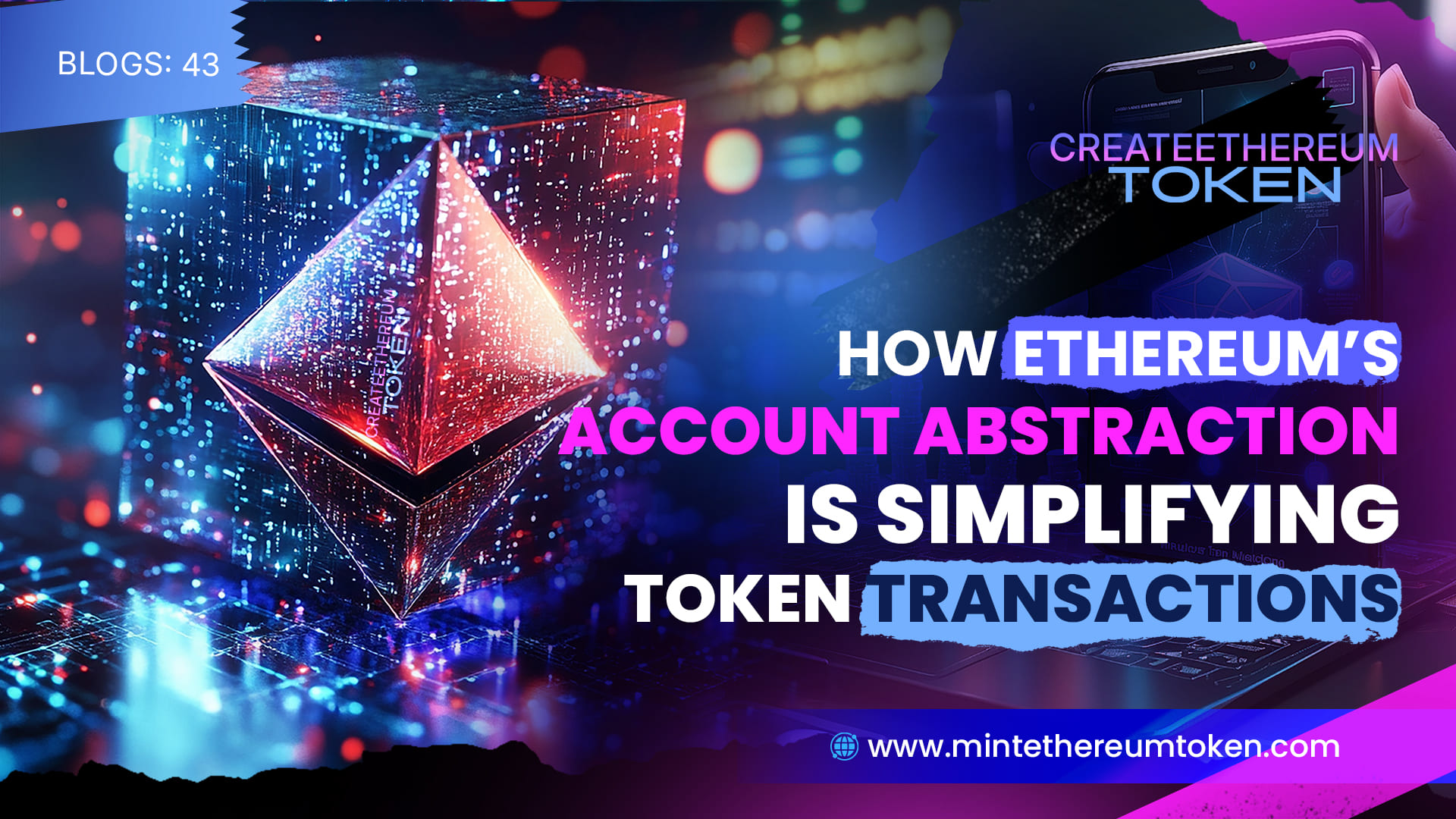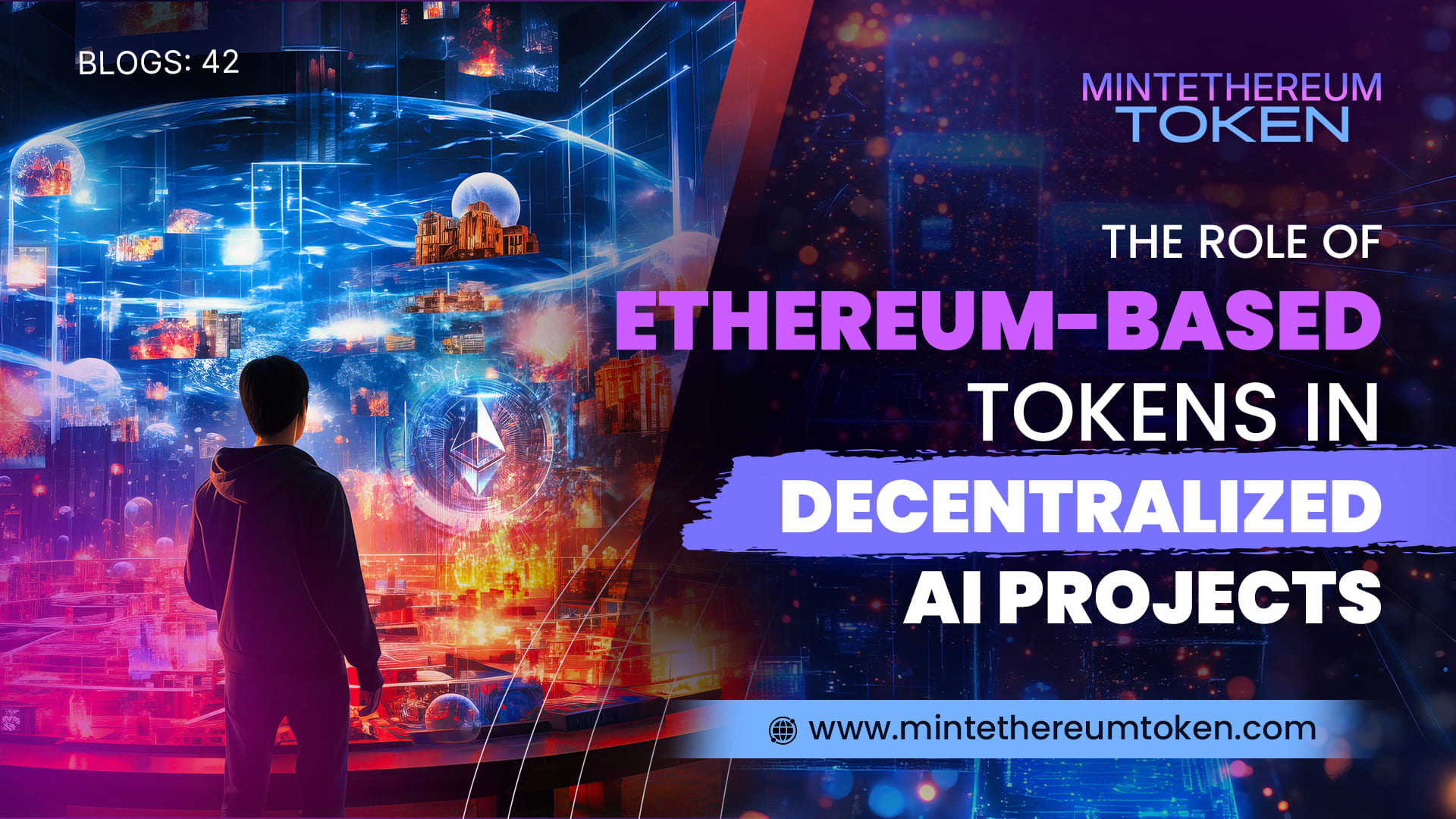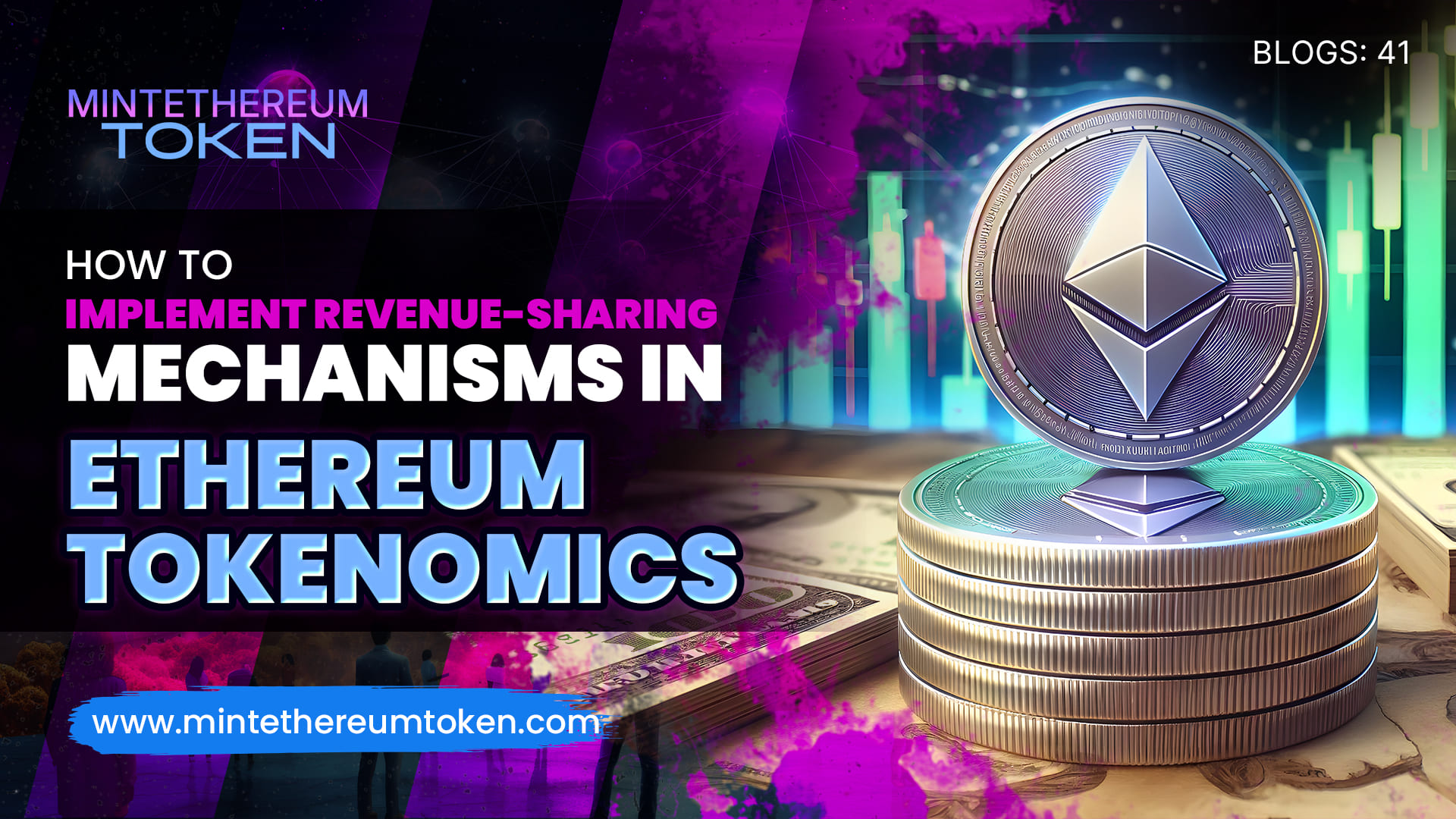January 9, 2025
The Benefits of Layer 2 Solutions for Ethereum Token Minting
Ethereum token minting has revolutionized how projects launch digital assets, but it hasn’t been without challenges—high gas fees and network congestion have often hindered smooth operations. Layer 2 solutions have emerged as a powerful remedy, enabling token creators to mint, distribute, and manage tokens more efficiently and cost-effectively. In this post, we explore the key benefits of using Layer 2 solutions for Ethereum token minting and how they can help projects scale in today’s competitive blockchain environment.
Understanding Layer 2 Solutions
Layer 2 solutions operate on top of the Ethereum mainnet (Layer 1) to handle transactions off-chain, alleviating the network’s load while still benefiting from Ethereum’s robust security features. By processing transactions on secondary protocols and then settling them on the mainnet, Layer 2 solutions significantly reduce gas fees and transaction times, making them an attractive option for token minting.
Key Benefits for Token Minting
1. Reduced Transaction Costs
One of the most significant advantages of Layer 2 solutions is the dramatic reduction in gas fees. Minting tokens on Ethereum’s mainnet can be expensive, especially during periods of high network congestion. Layer 2 solutions alleviate this by processing transactions off-chain, thereby lowering fees and making token minting accessible to projects with limited budgets.
2. Faster Transaction Speeds
Layer 2 solutions increase the throughput of the network, allowing for faster confirmation times. This speed is critical during token launches when high demand and rapid transactions can otherwise lead to delays and failed minting attempts. Faster processing improves the overall user experience and ensures that token distributions happen seamlessly.
3. Enhanced Scalability
Scalability is a major concern for blockchain projects as user demand grows. Layer 2 solutions enable Ethereum to handle a higher volume of transactions without compromising performance. This scalability is essential for projects planning large-scale token distributions, initial coin offerings (ICOs), or continuous minting processes where a high transaction rate is expected.
4. Improved User Experience
The combination of lower fees and faster transactions leads to a more enjoyable and reliable experience for both developers and end-users. Token minting becomes smoother, reducing the likelihood of transaction errors and allowing projects to focus on innovation rather than technical hurdles.
5. Greater Flexibility for Developers
Layer 2 solutions offer developers the flexibility to design and deploy more complex tokenomics and functionalities. With the burden of high fees and slow transactions lifted, projects can experiment with advanced features like dynamic supply adjustments, integrated staking mechanisms, and interactive token utility models. This flexibility fosters innovation and helps projects stand out in a crowded market.
Real-World Applications
DeFi and NFT Projects
For decentralized finance (DeFi) and non-fungible token (NFT) projects, Layer 2 solutions are particularly beneficial. The ability to mint tokens at a lower cost and with faster confirmation times can drive user adoption and enable more fluid interactions within these ecosystems. This technology is instrumental in supporting the rapid growth and diverse applications of DeFi and NFT platforms.
Community-Driven Initiatives
Community projects that rely on mass participation benefit from the cost savings and speed improvements provided by Layer 2. Whether it’s a token used for governance or a reward system for community engagement, the efficiency of Layer 2 solutions can enhance the overall impact and reach of these initiatives.
Conclusion
Layer 2 solutions are transforming the landscape of Ethereum token minting by addressing the challenges of high fees and slow transaction speeds. By reducing costs, accelerating transactions, and improving scalability, Layer 2 empowers projects to innovate and grow in a competitive blockchain environment. As the Ethereum ecosystem continues to evolve, embracing Layer 2 technologies will be key to unlocking new opportunities and ensuring long-term success.
